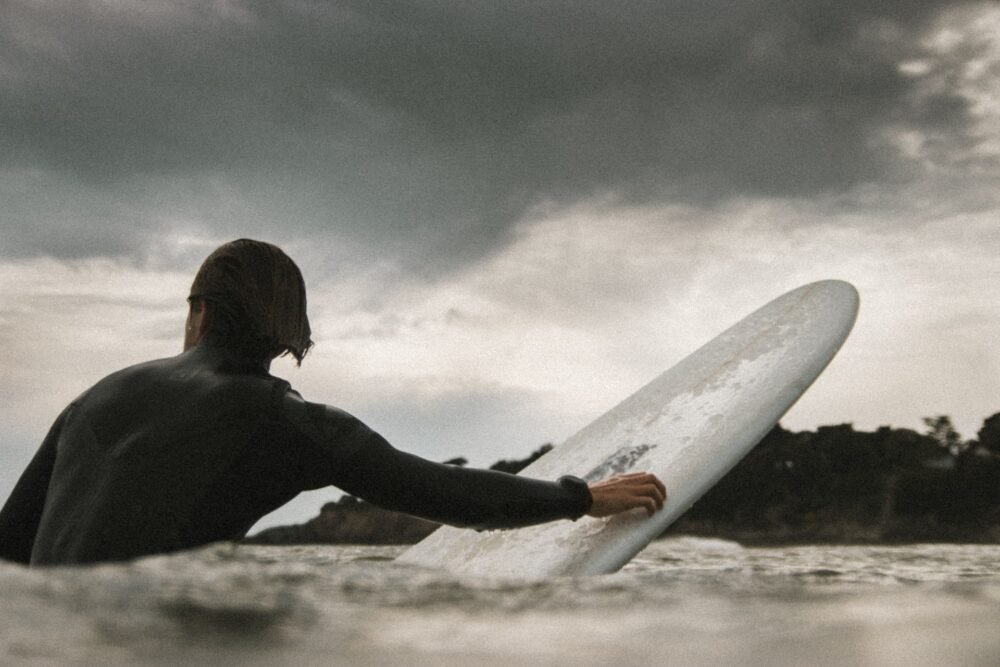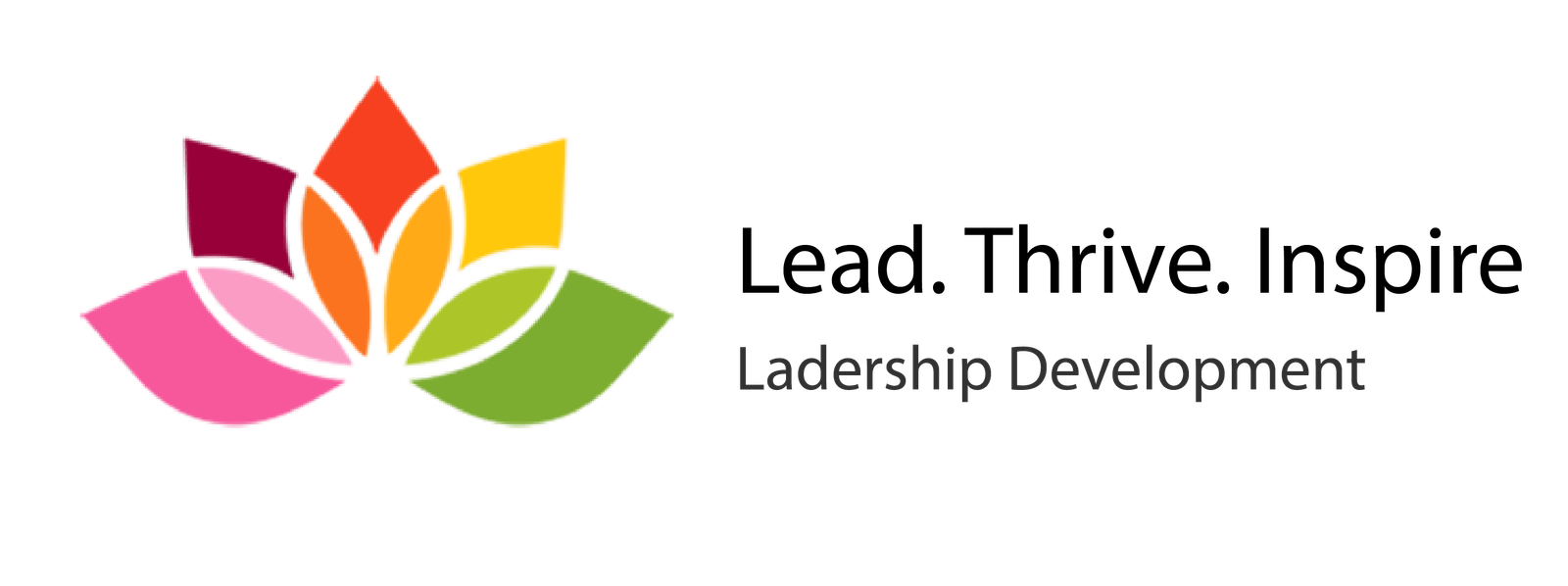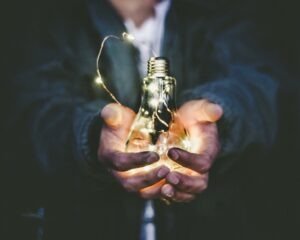
Our always-on world takes a heavy toll on our work-life balance. As technology blurs the gap between home and work, we find it exceedingly challenging to disengage. We work longer hours than ever before [1], yet cannot focus, as we continuously multitask and are constantly distracted. As if that was not bad enough, we overburden our mental capacity in endless meetings and tight deadlines yet have little regard for our bodies, reducing sleep to the bare minimum, not exercising enough and not paying sufficient attention to how, when and what we eat.
This unceasing state of overwork causes an emotional overload, increasing toxicity, fear, stress, exhaustion and burnout, as we unsuccessfully try to quiet down the noise in our heads by continually increasing our medication.
And in all other aspects of our life—we survive.
We survive mentally, physically, emotionally and spiritually.
We survive at home and at work.
Survive. Not thrive.
Survival is our basic instinct, our baseline, but in order to thrive, we need to exert additional energy, and most of us simply don’t have that extra energy to spare. We, literally, gave at the office, and we have nothing else to give.
Most people and organizations struggle with managing their time. Yet, to continuously sustain high levels of performance in today’s world, managing our time is not enough. We need to focus on managing our energy.
In this article, I explain the five basic principles of managing and expanding our energy resources to achieve sustained high performance both in our personal and our professional life. I conclude with a list of practical tips.
Principal 1: The four energy resources
Contrary to common belief, we do not have a single energy resource.
We actually have four different resources:
- Physical
- Emotional
- Mental
- Spiritual
The physical resource is our body’s power, stamina and resilience. To strengthen our physical resources, we need to take care of our body through exercise, a balanced healthy diet, and an ample amount of sleep every night.
Our feelings fuel the emotional resource, what we feel about ourselves, our view of the world around us, and the connections we have with others. For example, our emotional resources can be depleted much quicker if we live with an alienated spouse or work for an overbearing, demanding boss as opposed to living in a loving relationship and a caring and nurturing work environment.
The mental resource is what we use when we think, create and innovate. It is what allows us to work, concentrate, make decisions, self-control, learn and focus for extended periods. When this resource is depleted, we quickly lose focus and clarity, experience negative thinking and a sense of tunnel vision. Research shows that when people are under stress, they are unable to use their mental resources efficiently. In one such study, people under stress showed a loss in their mental capacity equivalent to 13 points on their IQ test [2].
Our Spiritual resource is our connection with that which is greater than us. For some people, it is God; for others, their purpose, vision or dream. It is what elevates us and, in terms of work, turns a job into a calling. In essence, the Spiritual resource allows us to answer the most important question: “What is my special gift to this world?”
As we will see in the following principles, understanding we have not one but four different resources allows us much more flexibility and efficiently in using our energy resources.
Principal 2: Use it or lose it; abuse it and lose it
Principal number 2 is made of two opposing rules:
- If you abuse a resource – you deplete its energy and are left exhausted
- If you do not use a resource – you deplete its energy and are left exhausted
Just like muscles, over-exercising a resource may cause pain, fatigue and lead to long-term injury. In contrast, under-exercising a resource makes us feel sluggish and heavy while creating atrophy.
These two opposing yet complementing rules urge us to be attentive to the ebbs and flows of our energy, allowing us to engage in the task at hand entirely and then fully let go when these resources need to recover and rebuild.
Unfortunately, most people are not aware or attentive to these energy levels. Many managers I work with had gone through periods of burnout. They often share the experience of working themselves to the limit, for long periods of time with no breaks. They work that metaphorical muscle to its last drop of energy until it gives way, and they have nothing else to offer.
Over 500 years ago, Leonardo da Vinci commented on the ideal way of working:
“Every now and then go away, have a little relaxation, for when you come back to your work your judgment will be surer…since to remain constantly at work will cause you to lose power of judgment.”
In my workshops, I often ask participants to share instances where they experienced important breakthroughs in their life. The stories are often very similar, e.g., “during my walk”, “in the shower”, “when I was washing the dishes”.
Yet, Showers are not the source of our creativity; otherwise, we would all experience breakthroughs once every evening. We get our ideas and breakthroughs because we first deeply engage with the task at hand and then fully disengage in the shower. Both engagement and disengagement have a crucial role in this process.
When we learn to practice full engagement followed by complete disengagement intentionally, we allow our internal natural resources to bring out the genius in us.
“We live in a world”, writes Jim Loehr,” that celebrates work and activity, ignores renewal and recovery, and fails to recognize that both are necessary for sustained high performance.” [3]
Principal 3: Timing is everything
As we saw in principle 2, we must use our energy to the fullest yet not abuse it. However, this is not enough. To be able to engage with our resources fully, we need to be aware of the timing.
Consider a wave surfer at sea. To become a master surfer, one must learn the art of timing. When the wave arrives, you need to paddle forward and find the exact time to jump on the wave and let its energy carry you forward. If you jump too soon, you miss the wave, jump too late and you crash and burn [4]. During the day—as well as the week, month, and year—our energy levels follow the same patterns of the wave: from crest to trough and then back again.
Learning to catch the waves of energy early on and ride their energy longer is what makes one a master of sustained high performance. However, most people are oblivious to these cyclical waves of energy. Like a lost surfer, they paddle ceaselessly in the vast ocean, continually fighting against the immense power of the waves in an ever exhausting and futile battle.
Once we become aware of this inner cycle of energy—a much more potent and sustainable timekeeper than the strict and unbending tyranny of our human-made clock—we can ride the waves skillfully and use their power to allow us more energy for extended periods without exhausting ourselves.
Principal 4: United we stand
Our four energy resources are interconnected, each one affecting the other. We all experienced such days when we feel emotionally down while also feeling a lack of physical energy, so much so that often we want to go to bed and hide under the covers.
This interconnectedness of the emotional resource affecting the physical one works both ways. When our physical resources are low, it can also deplete our emotional resources, for example, losing our emotional control after a long sleepless night.
Yet this interrelation between energy resources can also work to our benefit. For example, when we are emotionally happy or mentally stimulated, we often wake up; when we are physically energized, we are better able to weather the emotional storms of life.
Similarly, a milestone longitude research shows the interconnectedness between the emotional and physical resources. This study, often referred to as the “Nun Study”, studied 678 Catholic nuns from an average age of 22 up until their death and showed a very high correlation between positive emotions and longevity. Nuns who expressed more positive emotions lived on average a decade longer than their less cheerful sisters.
These nuns have also agreed to donate their brains to research following their death. The findings—that were focused on Alzheimer’s disease—showed that happier, more positive nuns were less prone to the disease. Yet one of the most mind-boggling findings was that although 15 of the nuns who were very optimistic had signs of Alzheimer’s in their brain, they did not exhibit any symptoms of the disease during their life [5].
These findings could mean that a robust emotional resource can not only make us feel better and happier but also fill up our physical resource, allowing us to live longer and fend off degenerative diseases.
Principle 5 – Creating balance
In our modern way of living, we tend to disconnect from our physical and spiritual resources. We ignore our physical needs by not exercising, getting ample sleep, and eating healthy nutrition. We drink coffee and eat sugary and oily foods to block the fatigue, and we medicate ourselves to keep ourselves moving forward. Spiritually, we tend to lose connection with our purpose, our ‘raison d’être’, drifting through life, letting external events, conventions and fears direct us without choosing our own path.
In stark contrast to our neglect of the physical and spiritual capital, we repeatedly overuse and abuse our emotional and mental resources. We continuously create emotional turmoil and drama in our life while mentally remaining stuck in distressing loops of ruminations and overthinking.
What we really need in order to create a sustainable high performance is balance—putting much more emphasis on the physical and spiritual aspects of our lives while allowing ourselves to go on a periodic emotional and mental diet.
If we equate our four resources to a tree of life: our physical resource as roots, our emotional resource as the trunk, our mental resource as branches, and our spiritual resource as the crown of the tree. To keep our tree of life stable and balanced, we need the physical roots to dig deep inside the ground while the spiritual crown is firmly planted in the sky. Only then can we genuinely withstand the violent turmoils as they constantly pound against our emotional and mental trunk and branches.
Ready to go to the next level? here are some practical tips and suggestions to put these ideas into action – Practical tips
References:
[1] Sudan et al., (2020). You’re Right! You Are Working Longer and Attending More Meetings,
[2] Mani, A., Mullainathan, S., Shafir, E., & Zhao, J. (2013). Poverty impedes cognitive function. science, 341(6149), 976-980.
[3] Loehr, J., Loehr, J. E., & Schwartz, T. (2005). The power of full engagement: Managing energy, not time, is the key to high performance and personal renewal. Simon and Schuster.
[4] How real (wo)men surf the big waves (Maya Gabeira, broke the world record for 2019-2020) New York Times, 2020 here
[5] Danner, D. D., Snowdon, D. A., & Friesen, W. V. (2001). Positive emotions in early life and longevity: findings from the nun study. Journal of personality and social psychology, 80(5), 804.







